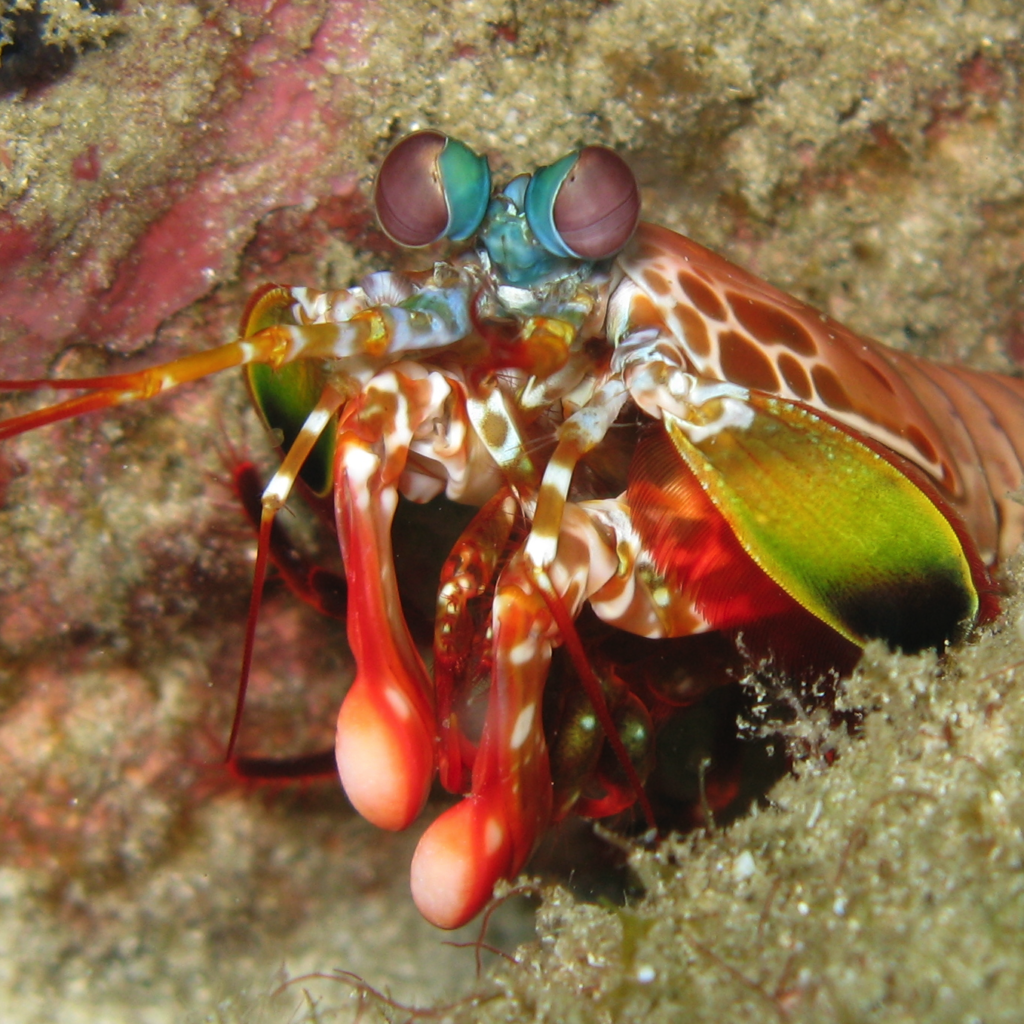The Physics Alive Podcast

Episode #13
Biomimicry in the Classroom: An intersection of physics, engineering, biology, and problem solving
“Biomimicry is a practice that learns from and mimics the strategies found in nature to solve human design challenges — and find hope along the way.” This is the introduction on the Biomimicry Institute’s website. “The goal of biomimicry,” they continue, “is to create products, processes, and policies — new ways of living — that solve our greatest design challenges sustainably and in solidarity with all life on earth.” Biomimicry is just as much physics and engineering as it is biology. Plus, it’s solving real challenges in our world while also encouraging entrepreneurship. In this episode, find out how bringing biomimicry into the classroom can bring Physics Alive.

Today's Guests:
Rosanna Ayers and Michelle Graves
Rosanna directs the Youth Design Challenge and the development of resources and programs to support educator interactions with the Biomimicry Institute. As a Science Coordinator, Rosanna supported the implementation of Next Generation Science Standards in 20 school districts. She has nearly 20 years of experience as a classroom educator, a college instructor and a county office administrator for science. Rosanna holds a K-8 Teaching Credential along with a supplemental authorization for Business in Secondary education. Rosanna has a bachelor’s in International Business, a Masters in Educational Leadership and School Development and an Administrative Credential for K-12 education.

Michelle is responsible for maintaining, expanding, and improving the Global Design Challenge and Launchpad programs of The Biomimicry Institute. Introducing people to the natural world, helping them understand the interconnectedness of living systems, and inspiring them to value a healthy planet has been her lifelong passion. Michelle holds a bachelor’s degree in ecology and evolutionary biology, and a master’s degree in marine biology.

Episode Notes and Resources
Examples of biomimicry discussed in this episode
- Classic biomimicry example
– The kingfisher and the bullet train - A newer biomimicry example
– The mantis shrimp, Helicoid industries, and impact resistant composites - Youth Design Challenge winner
– The Texas Horned Lizard and the moist brick- See their video pitch
- Global Design Challenge finalist
– Emulating mycorrhizal networks to increase food access to vulnerable populations
Resources mentioned in the episode
- Youth Design Challenge – for middle and high school students
https://youthchallenge.biomimicry.org/ - Global Design Challenge – for university students and young professionals
https://biomimicry.org/globaldesignchallenge/ - Online database and search engine of over 1700 biological strategies
https://asknature.org/ - Biomimicry design curriculum for high school
https://biomimicry.org/biomimicry-and-science-hs-curriculum/ - Biomimicry toolbox
https://toolbox.biomimicry.org/ - And many more educator resources:
https://biomimicry.org/education/
The three essential elements of biomimicry
- It emulates something in nature
- Deep sustainability mindset
- Reconnecting to nature
Questions? Reach out to info@biomimicry.org
